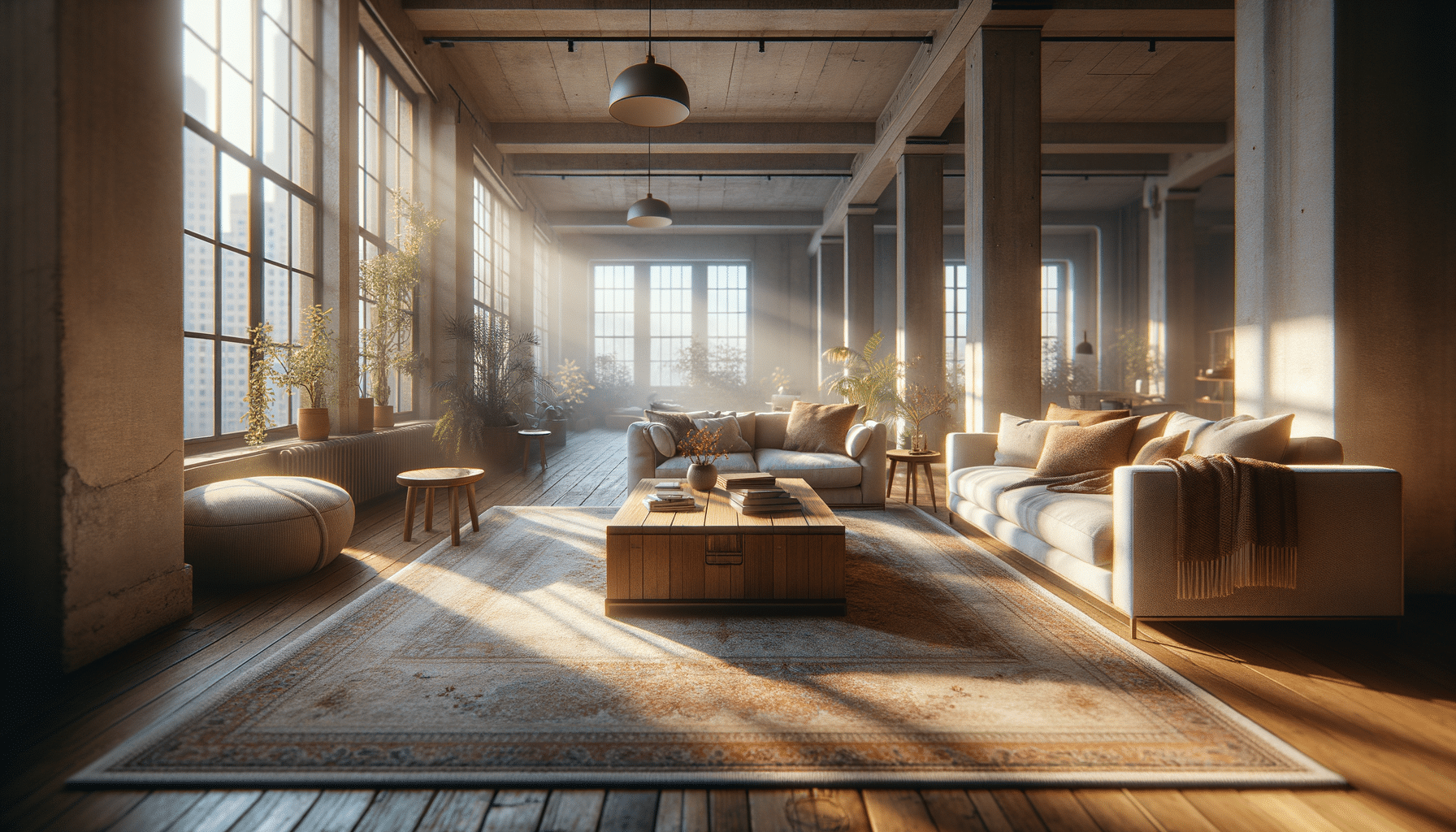
A complete guide to choosing a carpet: understand materials, thickness, and styles all at once!
Introduction to Carpet Styles
Carpets are more than just a flooring choice; they are a reflection of personal style and a significant element in home decor. The right carpet can transform a space, adding warmth, texture, and color. However, choosing the perfect carpet goes beyond aesthetics. It involves understanding the nuances of materials, the implications of thickness, and the variety of styles available. This guide aims to provide a comprehensive understanding of these factors, ensuring that you make an informed decision that complements your living space.
Understanding Carpet Materials
The material of a carpet significantly influences its durability, texture, and ease of maintenance. Common materials include wool, nylon, polyester, and olefin, each offering distinct characteristics:
- Wool: Known for its luxury and comfort, wool is a natural fiber that offers exceptional softness and durability. It is resilient and maintains its appearance over time, making it a preferred choice for high-traffic areas.
- Nylon: This synthetic fiber is renowned for its strength and resilience. Nylon carpets are highly resistant to wear and stains, making them suitable for busy households.
- Polyester: Polyester carpets are prized for their vibrant color options and soft texture. They are less resilient than nylon but offer good stain resistance.
- Olefin (Polypropylene): Olefin is resistant to moisture and mildew, making it ideal for basements and outdoor areas. It is less durable than nylon and wool but offers affordability.
Choosing the right material depends on factors such as the room’s function, foot traffic, and personal preference. A well-chosen material can enhance the longevity and appearance of your carpet.
The Role of Carpet Thickness
Carpet thickness, or pile height, affects both the look and feel of the carpet. It is a crucial factor to consider, especially in terms of comfort and maintenance. Thicker carpets generally provide more cushioning, making them comfortable underfoot. They are ideal for areas where you desire a plush feel, such as bedrooms and living rooms.
However, thicker carpets may not always be the best choice for high-traffic areas. They can be more challenging to clean and may show footprints and vacuum marks more readily. Conversely, low-pile carpets are easier to maintain and are better suited for busy zones like hallways and entryways.
Ultimately, the choice of thickness should align with the specific needs of each room, balancing comfort with practicality.
Exploring Various Carpet Styles
Carpet styles are as varied as the materials themselves, each offering unique aesthetic and functional benefits. Some popular styles include:
- Cut Pile: This style features fibers that are cut at the ends, providing a soft and inviting texture. Variations such as plush, Saxony, and frieze offer different levels of formality and texture.
- Loop Pile: In loop pile carpets, the fibers are left uncut, creating a durable surface. Berber is a common loop pile style, known for its strength and resistance to wear.
- Cut and Loop: Combining both cut and looped fibers, this style adds visual interest and texture, making it a versatile option for various settings.
Each style presents its own set of advantages, and the choice should be guided by the desired look, feel, and functionality of the space.
Conclusion: Making the Right Carpet Choice
Choosing the right carpet involves a thoughtful consideration of materials, thickness, and styles, each playing a pivotal role in the overall aesthetic and functionality of a room. By understanding these elements, you can select a carpet that not only complements your decor but also meets the practical demands of your household.
Whether you prioritize the luxurious feel of wool, the durability of nylon, or the vibrant colors of polyester, there is a carpet that fits your needs. Remember, the right carpet will enhance your living space, offering comfort, style, and longevity.


